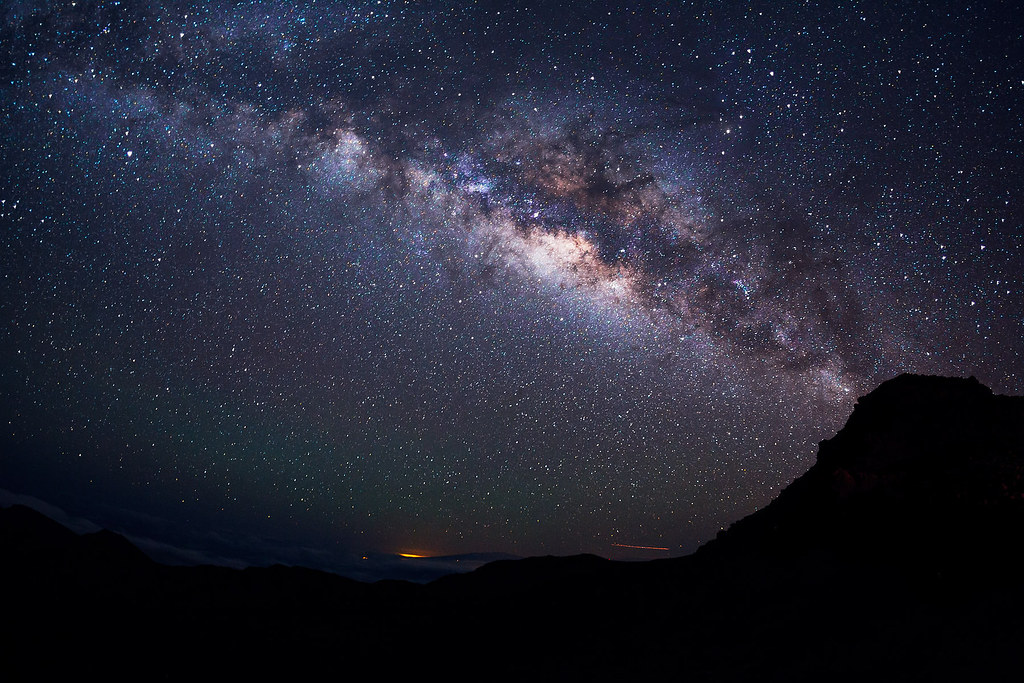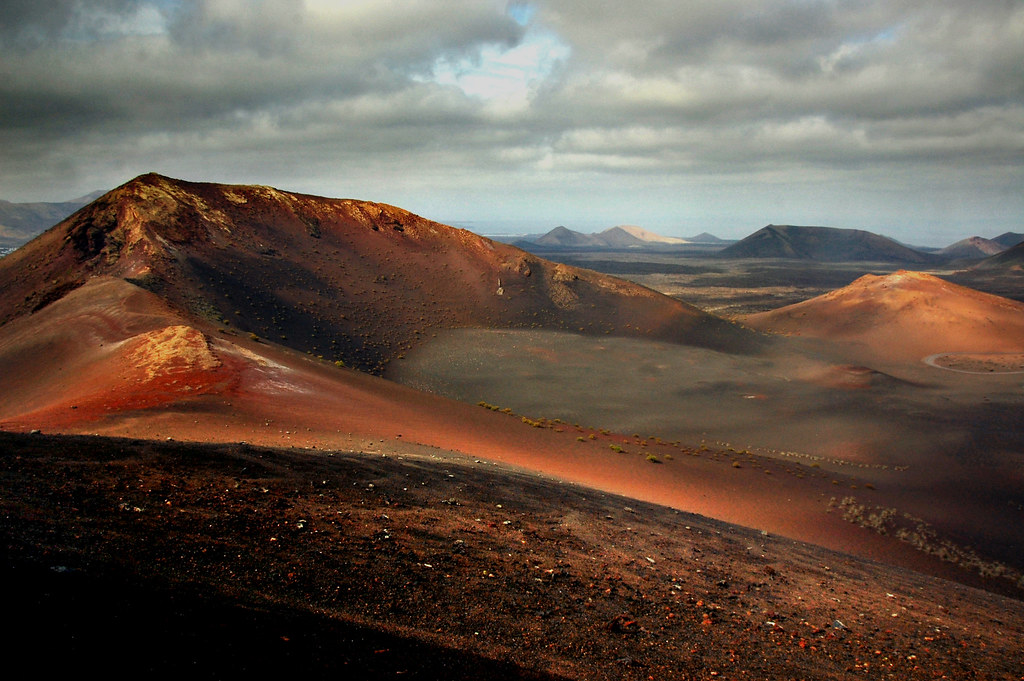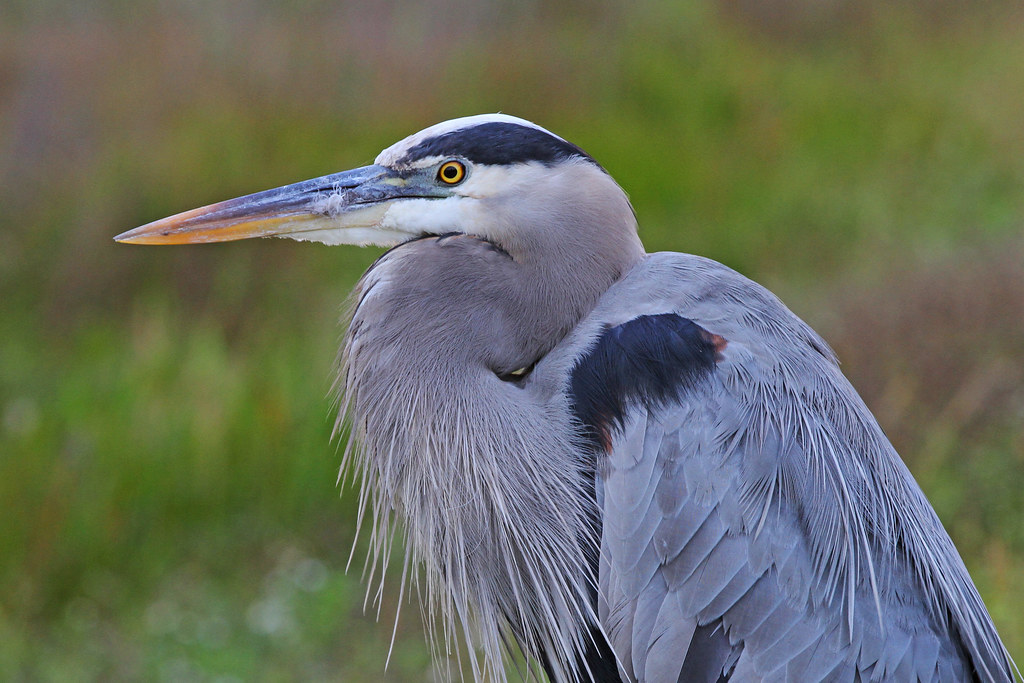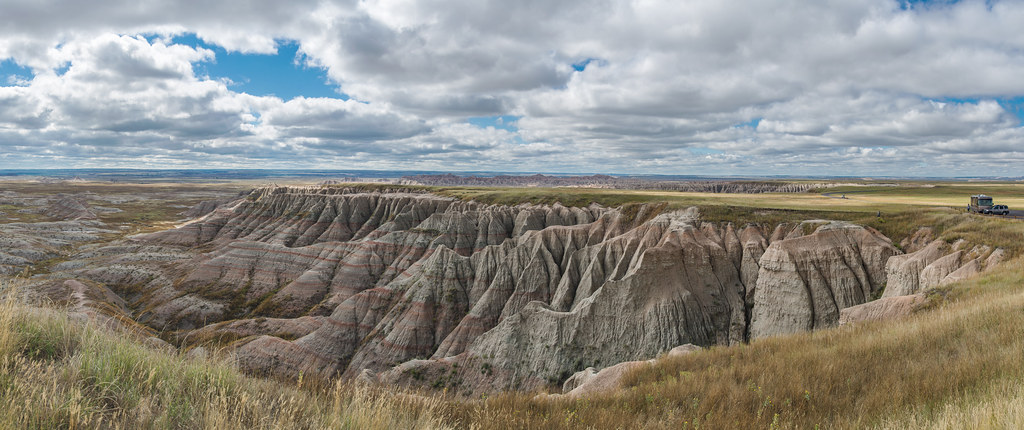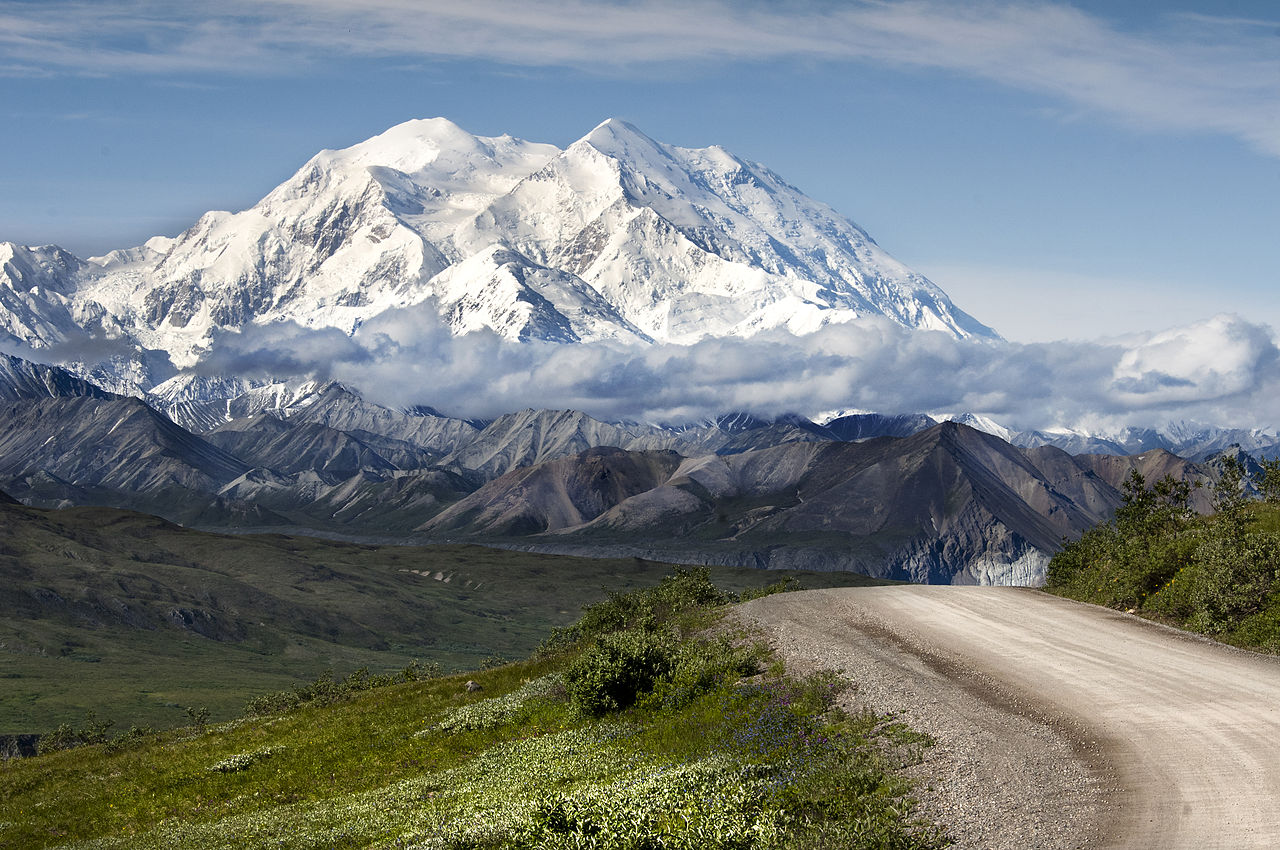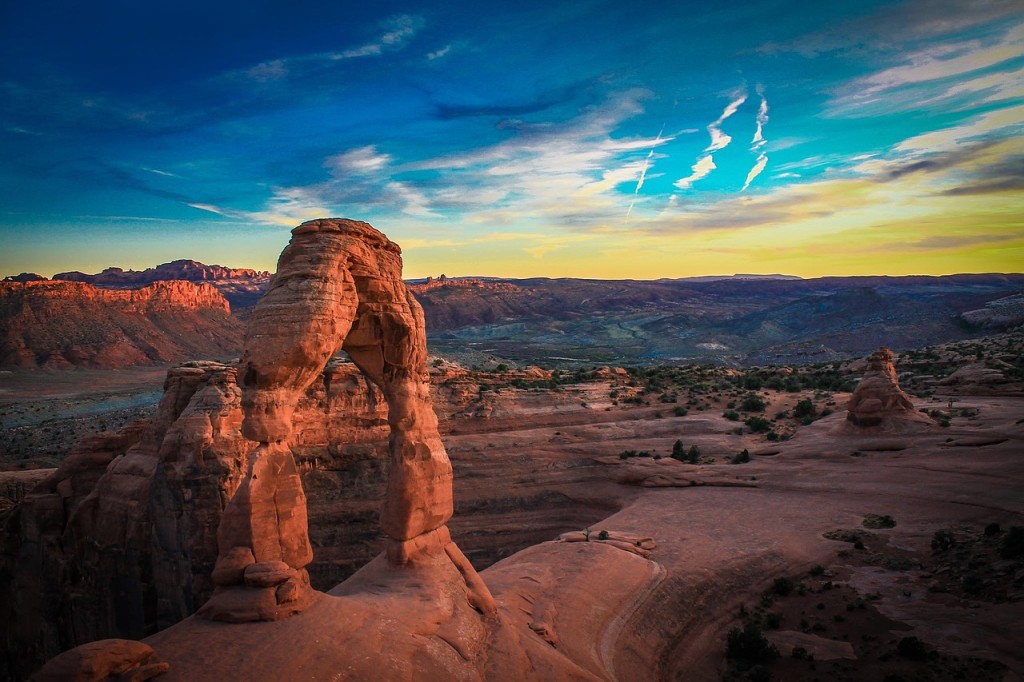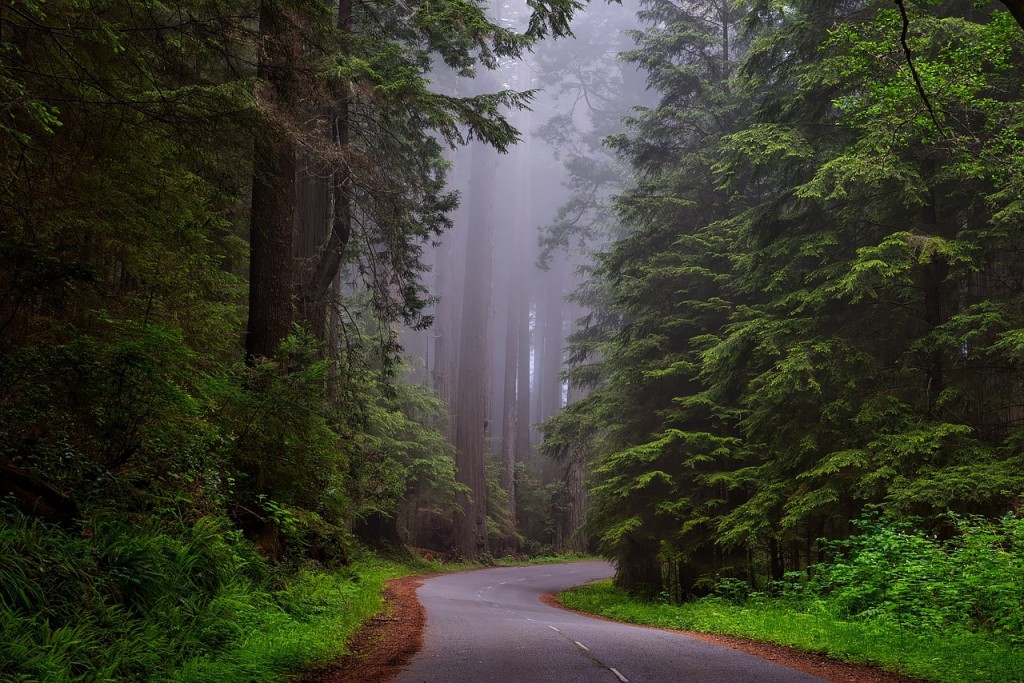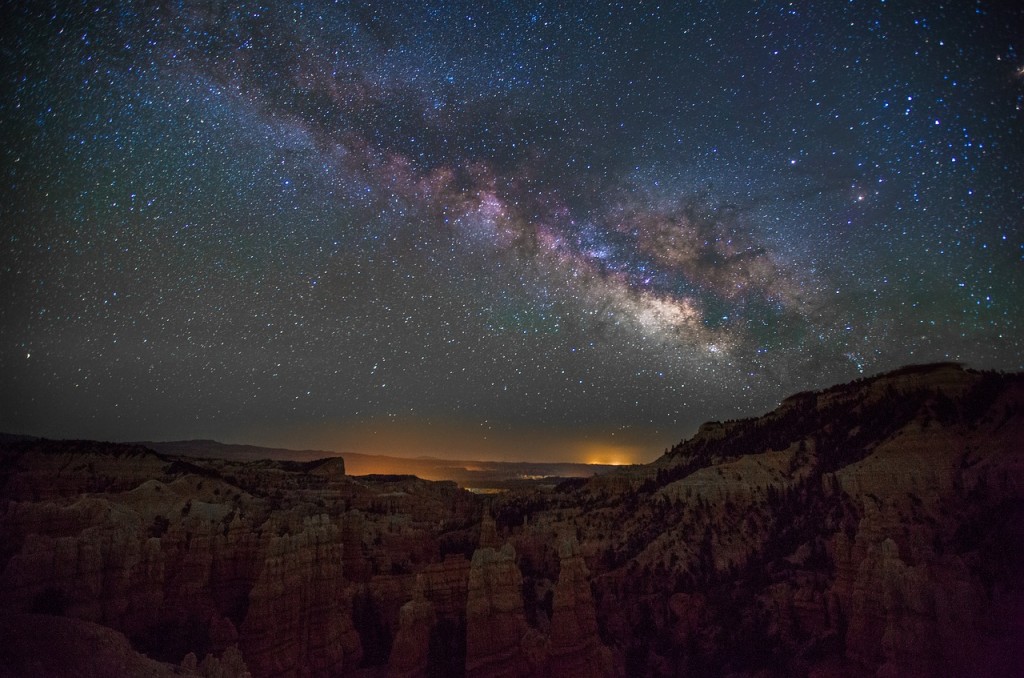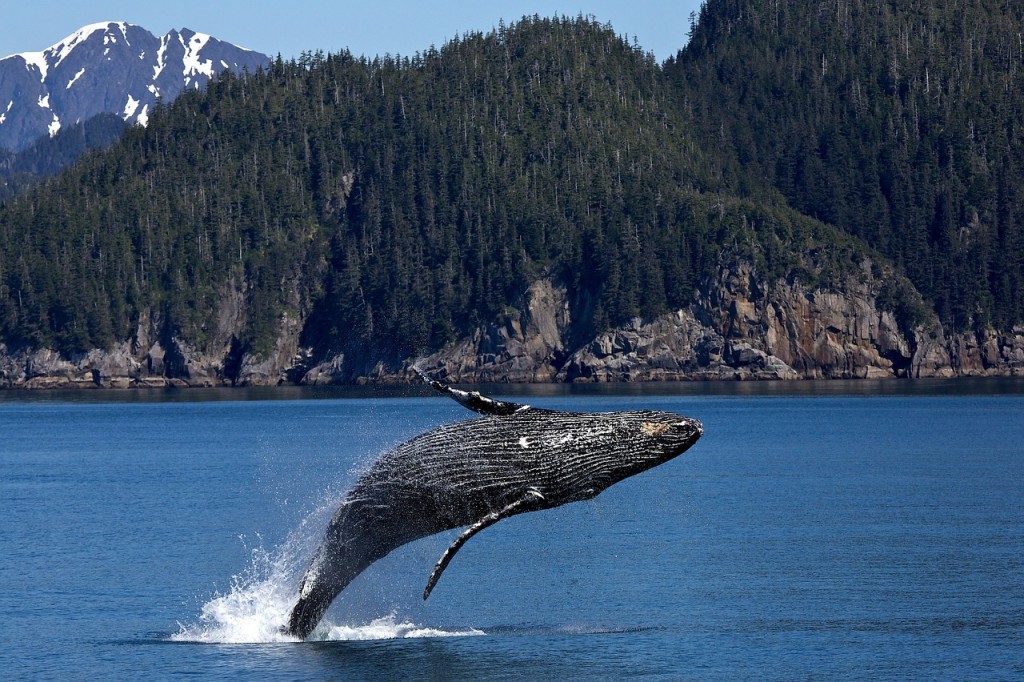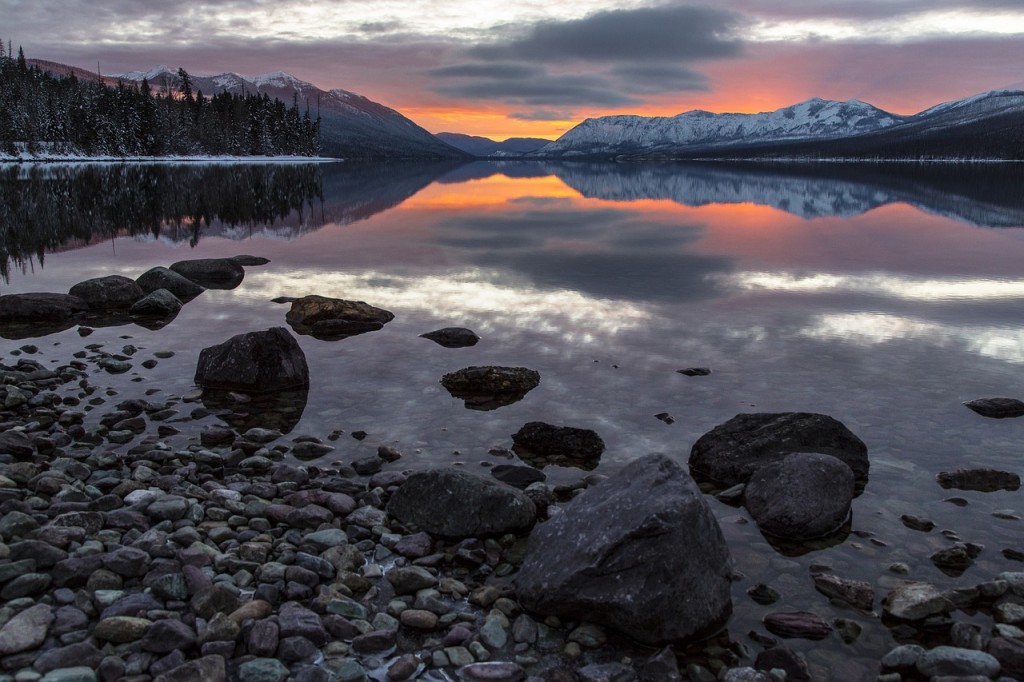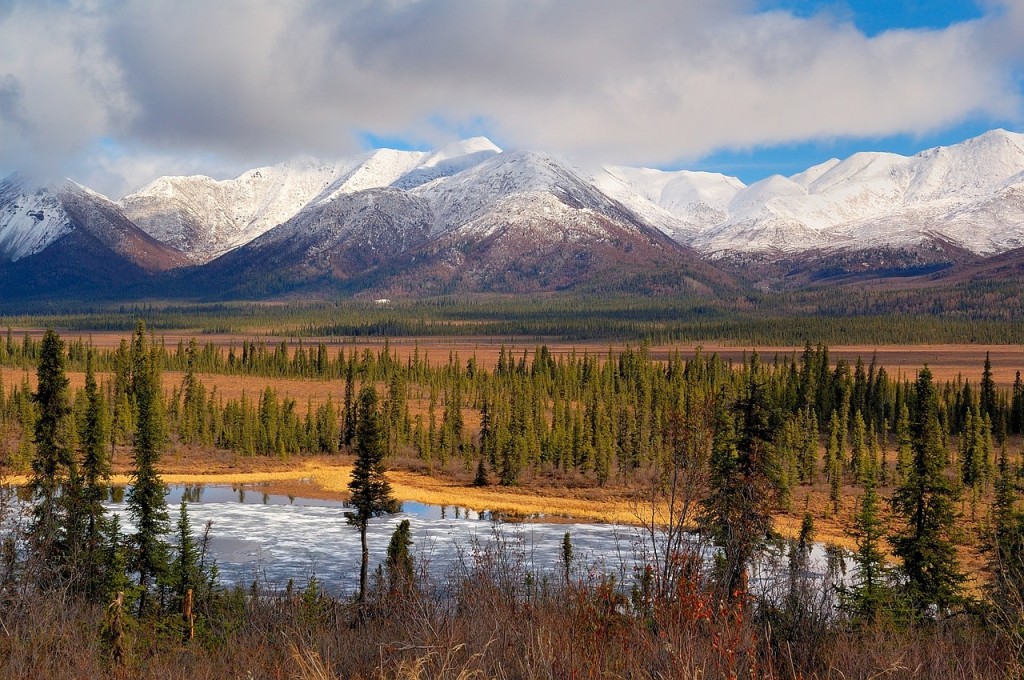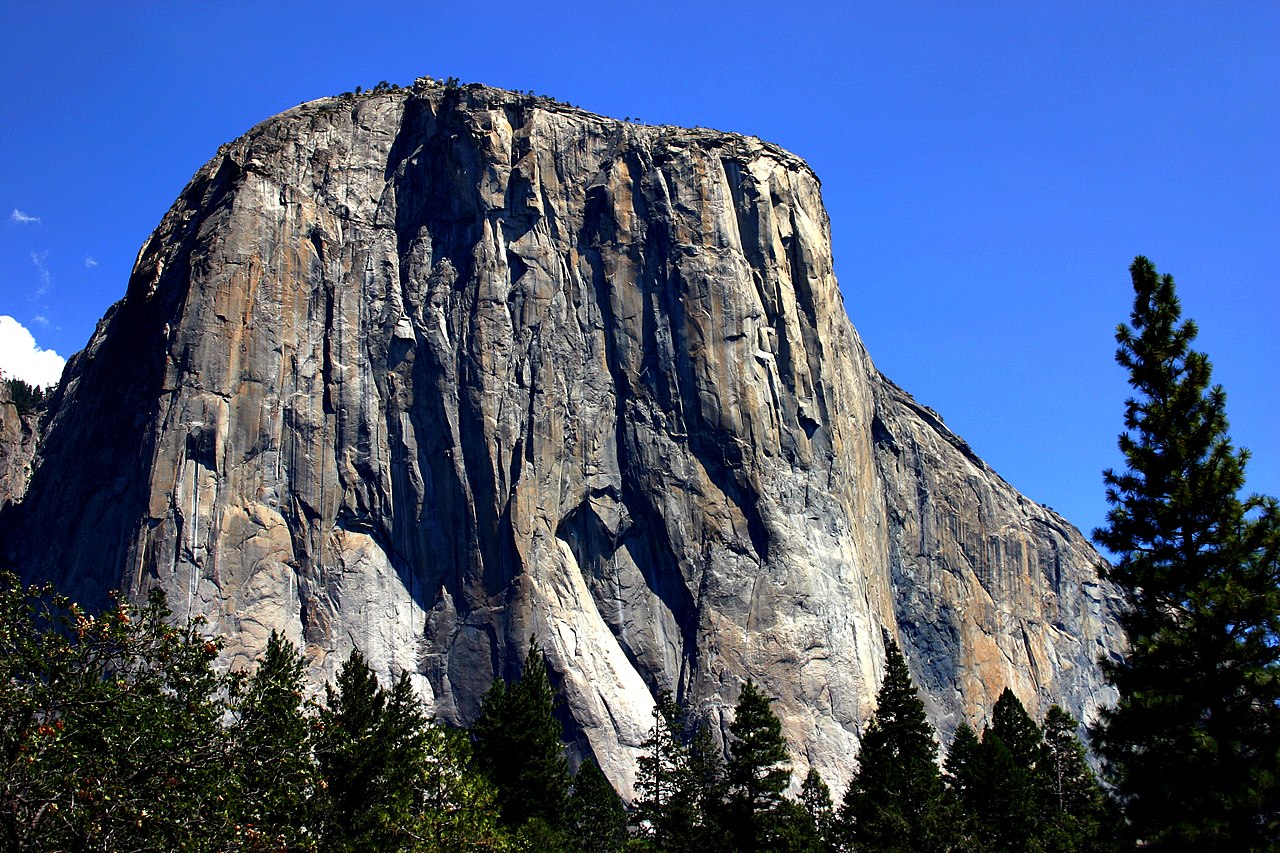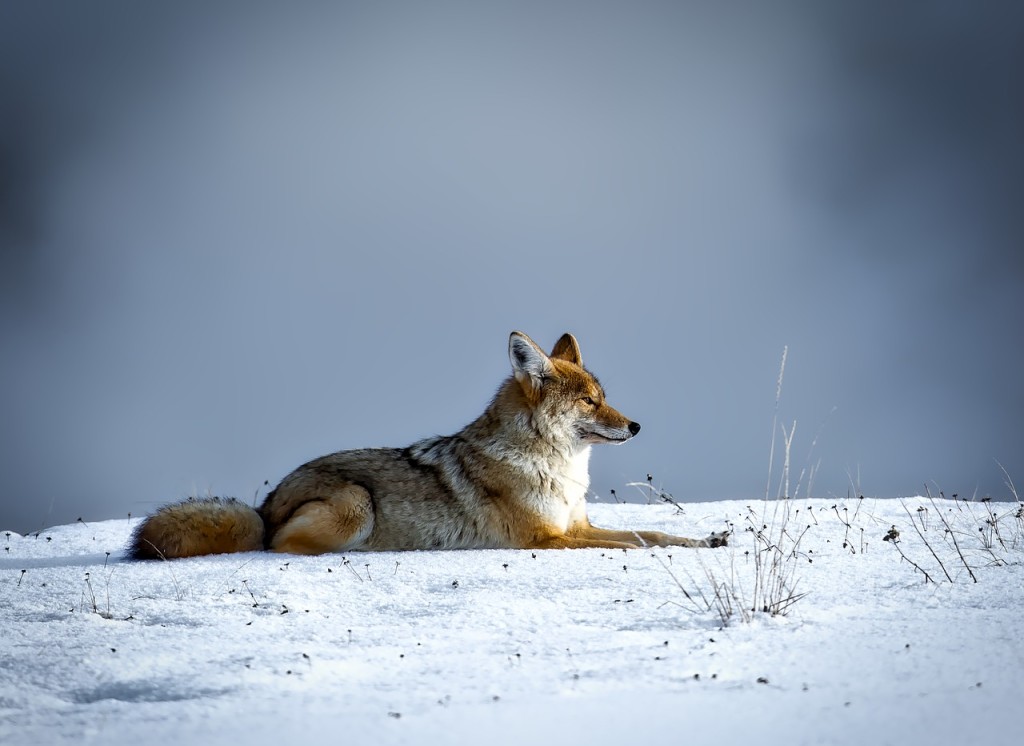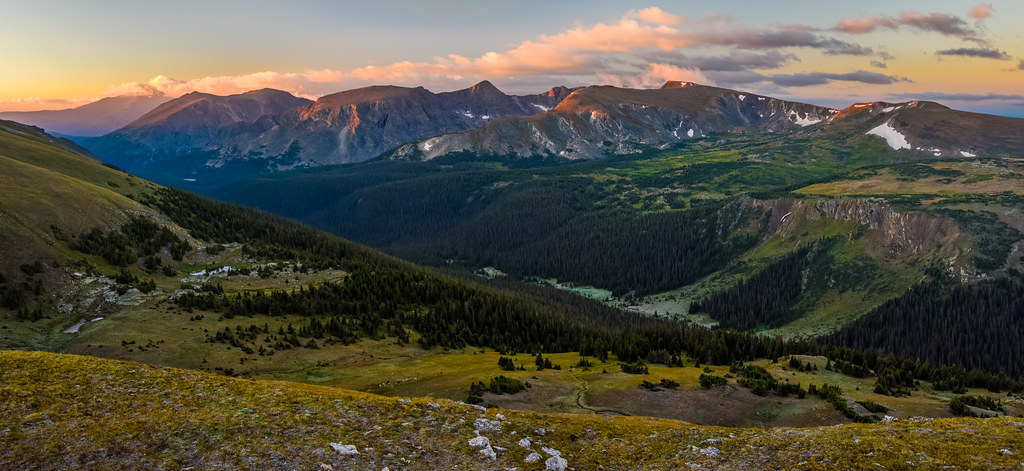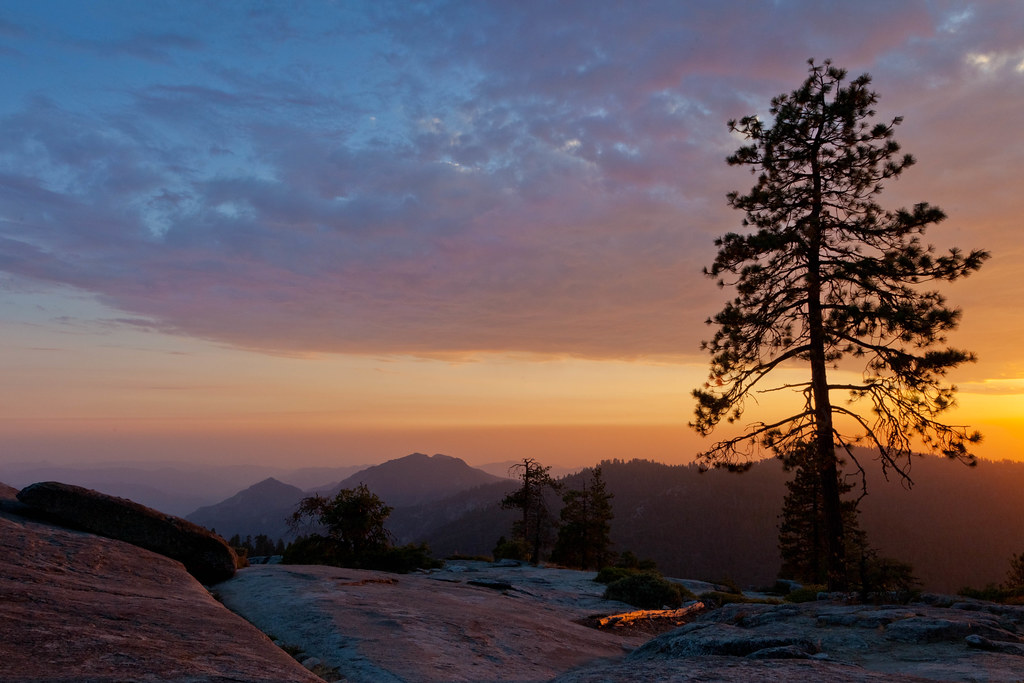Free Photography Bundle ($180 value): PS actions, LR presets, photo overlays, & print templates!
Get it here.
National parks are a great place to find inspiration to take stunning photos. Some of the best places to immerse yourself in nature is in the world’s many national parks. These photos will inspire you to get outdoors and capture more nature photography. Best of all, you’ll support the National Parks. We’ve curated 20 jaw-dropping photos from favorite national parks.
Browse through the shots to see the locations. How many have you visited and which do you still plan to visit? If you’re like me, your travel photography destinations list will grow when you see these photos.
1. National Parks | The Grand Canyon National Park
Grand Canyon National Park, located in northwestern Arizona, is the 15th site in the US named a national park. The park’s central feature is the Grand Canyon. This gorge of the Colorado River is called one of the Wonders of the World. The park, covering 1,217,262 acres, receives more than six million recreational visitors each year. Significantly, it is the second highest count of all American national parks after Great Smoky Mountains National Park. As a result, the Grand Canyon is a World Heritage Site by UNESCO since 1979.
2. National Parks | Banff National Park
Banff National Park is Canada‘s oldest national park, established in 1885. It is located in the Rocky Mountains, west of Calgary in the province of Alberta. Hence, Banff encompasses 2,564 square miles of mountainous terrain. It comprises numerous glaciers and ice fields, dense coniferous forest, and alpine landscapes. The Icefields Parkway extending from Lake Louise, connects to Jasper National Park in the north. Provincial forests and Yoho National Park are neighbors to the west. Kootenay National Park is located to the south. Kananaskis Country is on the southeast. Subsequently, the main commercial center of the park is the town of Banff, in the Bow River valley.
3. National Parks | Yellowstone National Park
Yellowstone National Park is located in Wyoming, Montana, and Idaho. Established by the U.S. Congress, and subsequently signed into law by President Ulysses S. Grant in 1872. Yellowstone was the first national park in the U.S. Many believe it is the first national park in the world. The park is known for its wildlife and many geothermal features. Old Faithful Geyser is one of its most popular features. It has many types of ecosystems, but the subalpine forest is the most abundant. It is part of the South Central Rockies forests ecoregion.
4. National Parks | Haleakala National Park
Haleakalā National Park is on the island of Maui in Hawaii. The park covers an area of 33,265 acres with 19,270 acres of wilderness area. Named part of the Hawaii National Park in 1916, the park shared billing with the volcanoes of Mauna Loa and Kilauea. Hawaiʻi Volcanoes National Park became a separate national park in 1961. The area is designated as an International Biosphere Reserve since 1980. Its name, Haleakalā is Hawaiian for “house of the sun.” According to local legend, the demigod Maui imprisoned the sun here in order to lengthen the day.
5. National Parks | Timanfaya National Park
Timanfaya National Park (Spanish: Parque Nacional de Timanfaya) is a Spanish national park. It is located in the southwestern part of the island of Lanzarote, Canary Islands. Timanfaya covers parts of the municipalities, Tinajo and Yaiza. The 19.72 square miles are is entirely volcanic soil. The statue “El Diablo” by César Manrique is its symbol.
6. National Parks | Hawai’i Volcanoes National Park
Hawaiʻi Volcanoes National Park, established August 1, 1916, is located in the U.S. state of Hawaii. The park encompasses two active volcanoes. First is Kīlauea, one of the world’s most active volcanoes, andsecond, Mauna Loa, the world’s most massive shield volcano. It also provides scientists insight into the birth and development of the Hawaiian Islands. Similarly, it aids in ongoing studies into volcanism. The park offers visitors dramatic volcanic landscapes, as well as glimpses of rare flora and fauna.
As a result of its outstanding natural values, Hawaiʻi Volcanoes National Park was designated as an International Biosphere Reserve in 1980. It is a World Heritage Site since 1987. Furthermore, in 2012, Hawai’i Volcanoes National Park became the 14th quarter of America the Beautiful Quarters series.
Due to the ongoing eruption of Kilauea, the volcano summit area of the park closed to the public on May 10, 2018. The closure includes the visitor center and park headquarters. Explosions, toxic ash clouds from Halemaʻumaʻu crater, earthquakes, and road damage, make the park a danger to visitors.
7. National Parks | Everglades National Park
Everglades National Park protects the southern 20 percent of the original Everglades in Florida. This park is the largest tropical wilderness in the US. Coincidentally, it is also the largest wilderness of any kind east of the Mississippi River. About one million people visit the park each year. Everglades is the third-largest national park in the contiguous United States. In numbers of visits, it follows Death Valley and Yellowstone. UNESCO declared the Everglades & Dry Tortugas Biosphere Reserve in 1976. UNESCO listed the park as a World Heritage Site in 1979. The Ramsar Convention added the park to its list of Wetlands of International Importance in 1987. Everglades is one of only three locations in the world to appear on all three lists.
8. National Parks | Badlands National Park
Badlands National Park is located in South Dakota. This park protects 242,756 acres of sharply eroded buttes and pinnacles. It also has the largest undisturbed mixed grass prairie in the United States. The National Park Service manages the park, with the South Unit co-managed by the Oglala Lakota tribe. The Badlands Wilderness protects 64,144 acres of the park as a designated wilderness area. Coincidentally, it is one site where the black-footed ferret, one of the most endangered mammals in the world, is reintroduced to the wild. The South Unit, or Stronghold District, includes sites of 1890s Ghost Dances. It also includes a former US Air Force bomb and gunnery range. Red Shirt Table, the park’s highest point at 3,340 feet, is located here as well.
9. National Parks | Denali National Park
Denali National Park and Preserve is a national park and preserve located in Interior Alaska. Most noteworthy, it is centered on Denali, the highest mountain in North America. The park and contiguous preserve encompass 6,045,153 acres. This is larger than the state of New Hampshire. Hence, in 1980, the 2,146,580-acre Denali Wilderness established within the park. Denali’s landscape is a mix of forest at the lowest elevations. It includes deciduous taiga with tundra at middle elevations. Further, the park has glaciers, snow, and bare rock at the highest elevations. The longest glacier is the Kahiltna Glacier. Wintertime activities include dog sledding, cross-country skiing, and snowmobiling. Denali received 642,809 recreational visitors in 2017.
10. National Parks | Arches National Park
Arches National Park in eastern Utah is adjacent to the Colorado River, north of Moab, Utah. More than 2,000 natural sandstone arches are located in the park. Most noteworthy is the well-known Delicate Arch and similarly a variety of unique geological resources and formations. As a result, the park contains the highest density of natural arches in the world.
Arches consists of 76,679 acres of high desert located on the Colorado Plateau. The highest elevation in the park is 5,653 feet at Elephant Butte. The lowest elevation is 4,085 feet at the visitor center. An average of fewer than 10 inches of rain fall here annually. Administered by the National Park Service, the area became a national monument on April 12, 1929 and a national park on November 12, 1971. The park expects to receive 1.8 million visitors in 2018.
11. National Park | Redwood National Park
The Redwood National and State Parks (RNSP) are a complex of several state and national parks located along northern coastal California. It comprises Redwood National Park, established in 1968. In addition, it comprises California’s Del Norte Coast, Jedediah Smith, and Prairie Creek Redwoods State Parks dating from the 1920s. The combined RNSP contains 139,000 acres and features old-growth temperate rainforests. In comparison, old-growth redwood forest covered more than 2,000,000 acres of the California coast in 1850. Located entirely within Del Norte and Humboldt counties, the four parks protect 45% of all remaining coast redwood old-growth forests. These total at least 38,982 acres. The trees are probably the tallest and most massive tree species on Earth. In addition to the redwoods, the parks preserve other indigenous flora, fauna, and grassland prairie. Similarly they protect cultural resources, portions of rivers and streams, and 37 miles of pristine coastline.
12. National Parks | Bryce Canyon National Park
Bryce Canyon National Park is located in Utah. The major feature of the park is Bryce Canyon, which despite its name, is not a canyon. It is a collection of giant natural amphitheaters along the eastern side of the Paunsaugunt Plateau. Because of its geological structures called hoodoos, Bryce is distinctive. Hoodoos are formed by frost weathering and stream erosion of the river and lake bed sedimentary rocks. The red, orange and white colors of the rocks provide spectacular views for park visitors. Bryce sits at a much higher elevation than nearby Zion National Park. As a result, the rim at Bryce varies from 8,000 to 9,000 feet.
Settled by Mormon pioneers in the 1850s, the Bryce Canyon area is named after Ebenezer Bryce. Bryce homesteaded in the area in 1874. The area around Bryce Canyon is designated as a national monument since 1923 by President Warren Harding. As a result, Congress declared it a national park in 1928. The park covers 35,835 acres. Because of its remote location, it receives substantially fewer visitors than Zion National Park (nearly 4.3 million in 2016) or Grand Canyon National Park (nearly 6 million in 2016). In 2016, Bryce Canyon received 2,365,110 recreational visitors, an increase of 35% from the prior year.
13. National Parks | Kenai Fjords National Parks
Kenai Fjords National Park is a national park established in 1980 by the Alaska National Interest Lands Conservation Act. The park covers 669,984 acres on the Kenai Peninsula in south-central Alaska, near the town of Seward. It contains the Harding Icefield, one of the largest icefields in the US. The park is named for the numerous fjords carved by glaciers moving down the mountains from the icefield. There are at least 38 glaciers in the field. Significantly, the largest is Bear Glacier. Submerged below sea level by rising sea levels and land subsidence, the fjords are glacial valleys. The park lies just to the west of Seward, a cruise ship port. Exit Glacier is a popular destination at the end of the park’s only road. The remainder of the park is accessible by boat, airplane, and hiking.
14. National Parks | Glacier National Park
Glacier National Park is located in Montana, on the Canada–United States border. It is shared with the Canadian provinces of Alberta and British Columbia. The park encompasses 1 million acres and includes parts of two sub-ranges of the Rocky Mountains. It has more than 130 named lakes, 1,000 species of plants, and hundreds of species of animals. This vast pristine ecosystem is the “Crown of the Continent Ecosystem.” This is a region of protected land encompassing 16,000 square miles.
The region became Glacier National Park and was first inhabited by Native Americans. When European explorers arrived, it was dominated by the Blackfeet in the east and the Flathead in the west. Under pressure, the Blackfeet ceded the mountainous parts of their treaty lands in 1895 to the federal government. It later became part of the park. Soon after the establishment of the park on May 11, 1910, a number of hotels and chalets were constructed by the Great Northern Railway. These historic hotels and chalets are listed as National Historic Landmarks. A total of 350 locations are on the National Register of Historic Places. By 1932 work was completed on the Going-to-the-Sun Road, later designated a National Historic Civil Engineering Landmark. This provided greater accessibility for automobiles into the heart of the park.
15. Wrangell–St. Elias National Parks and Preserve
Wrangell–St. Elias National Park and Preserve is managed by the National Park Service in south-central Alaska. The Alaska National Interest Lands Conservation Act established Wrangell-St. Elias in 1980. This protected area is included in an International Biosphere Reserve. It is also part of the Kluane/Wrangell–St. Elias/Glacier Bay/Tatshenshini-Alsek UNESCO World Heritage Site. The park and preserve form the largest area managed by the National Park Service in the US. It includes 13,175,799 acres, an expanse that could encapsulate six Yellowstone National Parks. The park includes a large portion of the Saint Elias Mountains, including most of the highest peaks in North America. These are within 10 miles of tidewater, one of the highest reliefs in the world. Wrangell–St. Elias borders on Canada’s Kluane National Park and Reserve to the east. It approaches the U.S. Glacier Bay National Park to the south. As a result, the 9,078,675 acres of the park are designated the largest single wilderness in the US.
16. Yosemite National Park
Yosemite National Park lies in the western Sierra Nevada of Central California. It is bounded on the southeast by Sierra National Forest and on the northwest by Stanislaus National Forest. The park, managed by the U.S. National Park Service, covers an area of 747,956 acres and sits in four counties. Designated a World Heritage Site in 1984, Yosemite is internationally recognized for its granite cliffs, waterfalls, clear streams, and giant sequoias. Lakes, mountains, meadows, and glaciers add to the biological diversity. About 95% of the park is designated wilderness.
On average, about 4 million people visit Yosemite each year. Most spend the majority of their time in the 5.9 square miles of Yosemite Valley. The park set a visitation record in 2016, surpassing 5 million visitors for the first time in its history. Yosemite was central to the development of the national park idea. First, Galen Clark and others lobbied to protect Yosemite Valley from development. This led to President Abraham Lincoln signing the Yosemite Grant in 1864. Later, John Muir led a successful movement to establish a larger national park. It encompasses the valley, surrounding mountains, and forests. This paved the way for the U.S. National Park system.
17. Yellowstone National Parks
Yellowstone National Park is located in Wyoming, Montana, and Idaho. First established by the U.S. Congress, President Ulysses S. Grant signed it into law on March 1, 1872. Yellowstone is the first national park in the U.S. and is also the first national park in the world. It is known for its wildlife and geothermal features. Old Faithful Geyser is one of its most popular features. It has many types of ecosystems. The subalpine forest is the most abundant. This is part of the South Central Rockies forests ecoregion.
Native Americans lived in the Yellowstone region as early as 11,000 years ago. Aside from visits by mountain men prior to the mid-19th century, organized exploration began in the late 1860s. Management and control of the park originally fell under the jurisdiction of the Secretary of the Interior. This was followed by management through the U.S. Army for a 30-year period. In 1917, administration of the park was transferred to the National Park Service, created the previous year. There are hundreds of structures in the park with architectural and historical significance. As a result, examination of more than a thousand archaeological sites provides an excellent historical record for visitors.
18. Rocky Mountain National Park
The Rocky Mountains, also known as the Rockies, are a major mountain range in western North America. The Rocky Mountains stretch more than 3,000 miles from Canada’s British Columbia to the US state, New Mexico. Located within the North American Cordillera, the Rockies are distinct from the Pacific Coast Ranges, Cascade Range, and the Sierra Nevada. Consequently, these all lie farther to the west.
The Rocky Mountains formed 80 million to 55 million years ago during the Laramide orogeny. During this period, a number of plates began sliding underneath the North American plate. With a shallow angle of subduction, the result is a broad belt of mountains running down western North America. Further tectonic activity and erosion by glaciers have sculpted the Rockies into dramatic peaks and valleys. At the end of the last ice age, humans began inhabiting the mountain range. Later Europeans, such as Sir Alexander Mackenzie, and Americans, such as the Lewis and Clark expedition, began exploring the range. Minerals and furs drove the initial economic exploitation of the mountains. The range has never experienced dense population.
19. Glacier National Park
Glacier National Park is located in Montana on the Canada–United States border. The park encompasses more than a million acres. Consequently, it includes parts of two sub-ranges of the Rocky Mountains. This area also contains 130 named lakes, 1,000 different species of plants, and hundreds of species of animals. As a result, the vast pristine ecosystem is known as the centerpiece of the “Crown of the Continent Ecosystem.”
Glacier National Park encompasses 16,000 square miles. It was first inhabited by Native Americans. Upon arrival of European explorers, it was dominated by the Blackfeet in the east and the Flathead in the west. Under pressure, the Blackfeet ceded the mountainous parts of their treaty lands in 1895 to the federal government. These later became part of the park. Soon after the establishment of the park on May 11, 1910, a number of hotels and chalets were constructed by Great Northern Railway. These historic hotels and chalets are listed as National Historic Landmarks. A total of 350 locations are on the National Register of Historic Places. By 1932 work was completed on the Going-to-the-Sun Road. This became a National Historic Civil Engineering Landmarkin order to provide greater accessibility for automobiles into the heart of the park.
20. Sequoia National Park
Sequoia National Park is in the southern Sierra Nevada east of Visalia, California, in the United States, established September 25, 1890. The park spans 404,064 acres. Encompassing a vertical relief of nearly 13,000 feet, the park contains the highest point in the contiguous 48 United States. This peak is Mount Whitney, soaring 14,505 feet above sea level. The park is contiguous with Kings Canyon National Park. The two are administered by the National Park Service together as the Sequoia and Kings Canyon National Parks. Designated in 1976, they are the UNESCO Sequoia-Kings Canyon Biosphere Reserve.
Famous for giant sequoia trees, this is home to the largest tree on Earth, the General Sherman tree. Most noteworthy, the General Sherman tree grows in the Giant Forest. This forest contains five of the ten largest trees in the world. The Giant Forest connects by the Generals Highway to Kings Canyon National Park’s General Grant Grove. Due to its unique status, the park’s giant sequoia forests are special. They are also part of 202,430 acres of old-growth forests shared by Sequoia and Kings Canyon National Parks. Furthermore, the parks preserve a landscape resembling the southern Sierra Nevada before Euro-American settlement.
In conclusion, the world’s national parks are a dreamscape for serious photographers. Happy adventuring!



